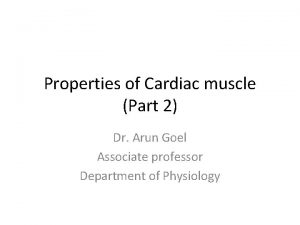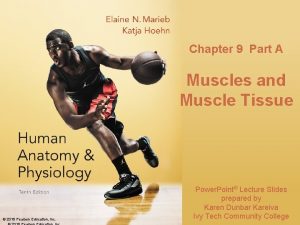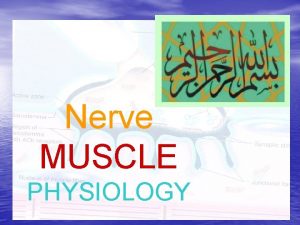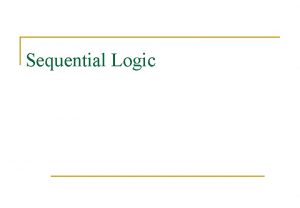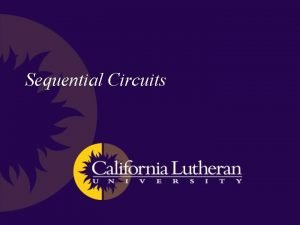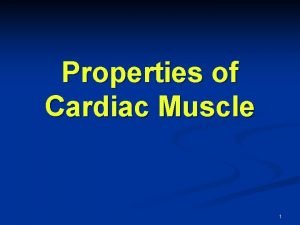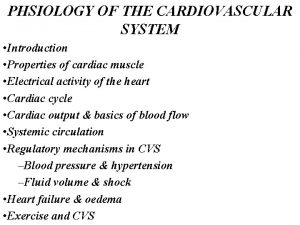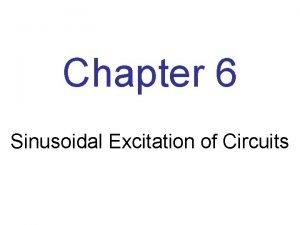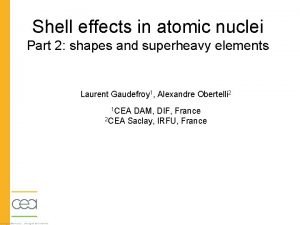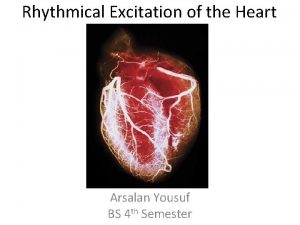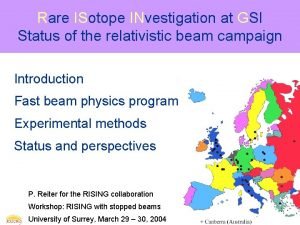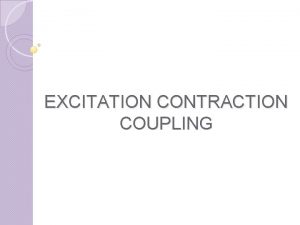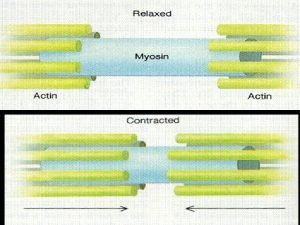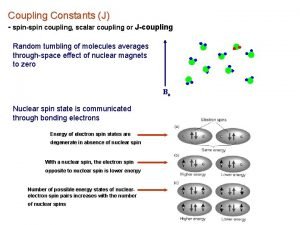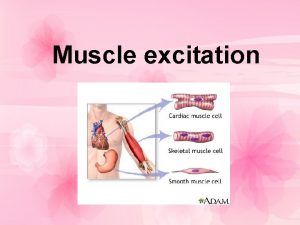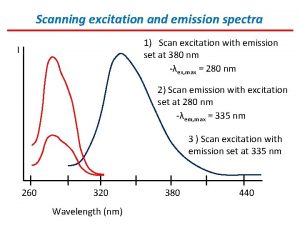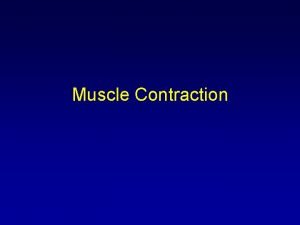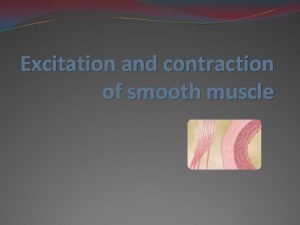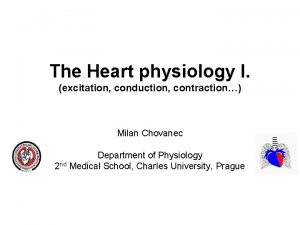EXCITATION CONTRACTION COUPLING Summary of Mechanics 1 2












- Slides: 12

EXCITATION CONTRACTION COUPLING

Summary of Mechanics 1 2 3 4 5 6 7 Muscles pull; they don’t push Muscle lengthen by being yanked on by antagonists or gravity Muscle force can be graded by recruitment of motor units You activate small motor units first: the size principle Muscle force can be graded by repetitive stimulation Muscle force can be graded by changing length, but who cares Muscle velocity is inversely related to muscle force: you can be strong or fast but not both at the same time 8 Muscle power peaks at 1/3 maximum force 9 Pinnate muscle fibers develop more force at lower velocity because of the angle 10 Muscles fatigue: they drop force on continued use 11 Muscles are heterogeneous based on contractile properties 1 Slow twitch (S) 2 Fast fatigue resistant (FR) 3 Fast Intermediate (FI) 4 Fast fatiguable (FF)

Summary of contractile mechanisms 1 2 3 4 5 6 7 8 9 Muscle cells are highly organized Myofibrils consists of interdigitating hexagonal arrays of filaments Thick filaments are mainly myosin: A bands Thin filaments are actin + tropomyosin + Tn. I + Tn. C + Tn. T: I bands Sliding filaments explains the length-tension curve Cross-Bridge cycling couples ATP hydrolysis to force or shortening Myosin isoforms have different turnover numbers Muscles can be classified by their myosin isoforms Type I (slow twitch) Type IIa (fast twitch oxidative) Type Iib (fast twitch glycolytic) Costameres may transmit force from myofilaments to muscle exterior through the cytoskeleton

The Ca transient trails the muscle action potential and precedes force development

SR release and uptake activities are separate

SR Ca release produces a Ca transient and A-M activation

SR Ca reuptake shuts down A-M interaction

The Ca transient is a switch for A-M activity

Tropomyosin spreads Tn. C control of A-M interaction along the actin filament

Occupancy of Tn. C by Ca trails the Ca transient but precedes force development

The series-elastic model explains twitch time and tetany

Summation of Ca transients allows force to catch up with Tn. C-Ca saturation
 Cardiac excitation-contraction coupling
Cardiac excitation-contraction coupling Focus figure 9.2 excitation-contraction coupling
Focus figure 9.2 excitation-contraction coupling Smooth muscle myosin
Smooth muscle myosin Smooth muscle
Smooth muscle Excitation table for sr flip flops
Excitation table for sr flip flops Jk excitation table
Jk excitation table Excitation table
Excitation table Spread of cardiac impulse
Spread of cardiac impulse Orthorpnea
Orthorpnea Sinusoidal excitation
Sinusoidal excitation Coulomb excitation
Coulomb excitation Rhythmical excitation of the heart
Rhythmical excitation of the heart Coulomb excitation
Coulomb excitation
